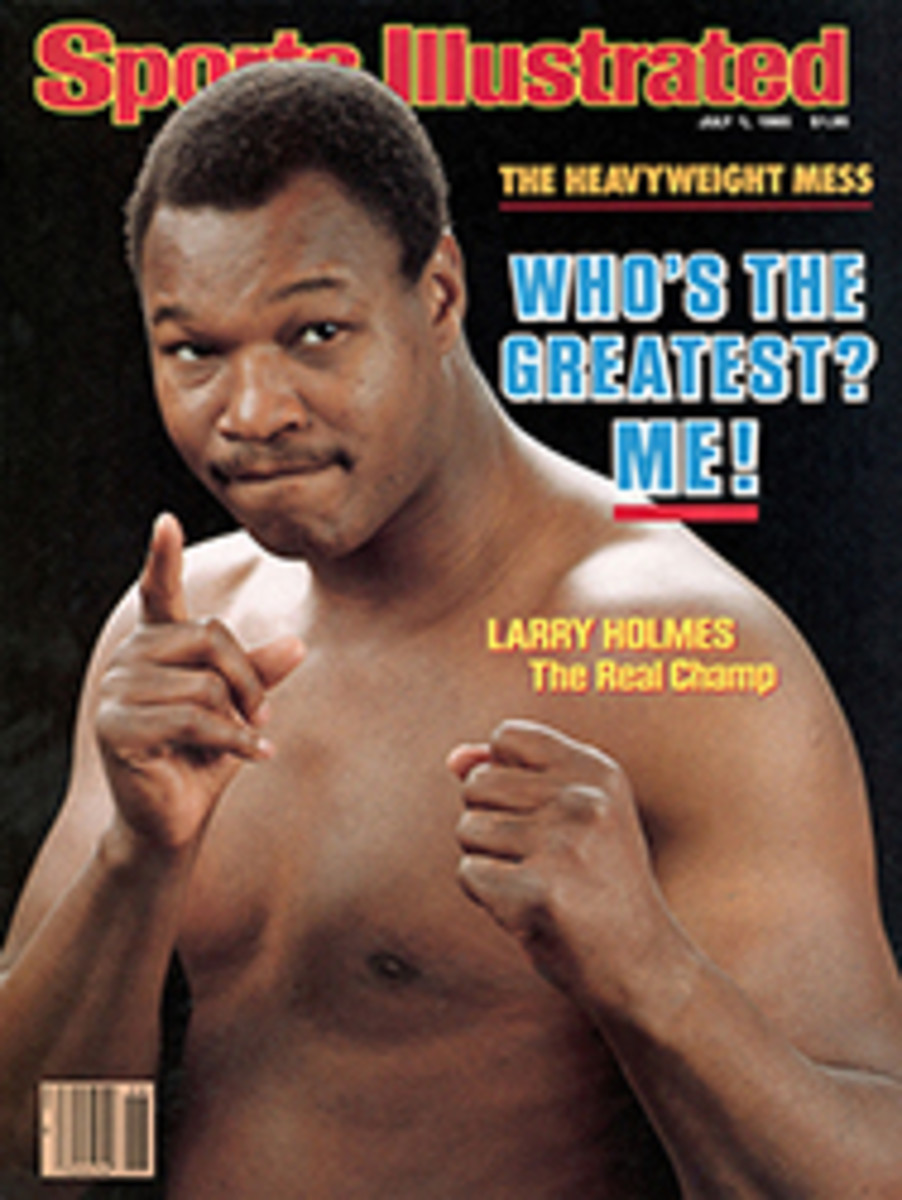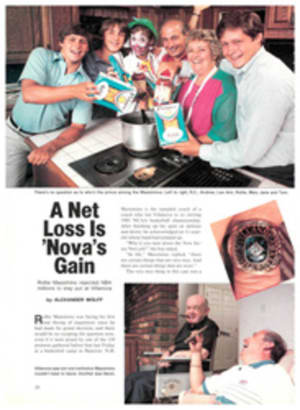
NOW OUT IN BOOK FORM: HEMINGWAY'S NARRATIVE OF A DANGEROUS SUMMER
When Ernest Hemingway was turning 60, LIFE magazine commissioned him to return to Spain, "the country that I loved more than any other except my own," to write about the Spanish bullfight season of 1959 and particularly about the mano a mano duels between two celebrated matadors, Luis Miguel Dominguín and his brother-in-law Antonio Ordó√±ez. In 1952, LIFE had devoted a supplementary section of an issue to the entire text of The Old Man and the Sea, which won the magazine much acclaim and profit and Hemingway a Pulitzer Prize in 1953, as well as the Nobel Prize for Literature in 1954. This time, however, the result was quite different.
Asked to write a 10,000-word article, Hemingway turned in 120,000 words. He was displeased with the piece, and others agreed it needed much editing. Severely cut, The Dangerous Summer appeared in three consecutive issues of LIFE in 1960. It is now being issued in book form (Scribner's, $17.95) with some additional material from the original manuscript and a long, self-serving introduction by James Michener, a devoted admirer of Hemingway and a bullfight aficionado.
In Death in the Afternoon, Hemingway defined the aficionado as "one who understands bullfights in general and in detail and still cares for them." Unfortunately, such devotion to the subject cannot be acquired by reading about it—if it can be acquired at all by most people—even if the writer happens to be Ernest Hemingway, taking his best shot at explaining his own obsession: "This was Antonio's regular appointment with death that we had to face each day. Any man can face death but to be committed to bring it as close as possible while performing certain classic movements and do this again and again and again and then deal it out yourself with a sword to an animal weighing half a ton which you love is more complicated than just facing death. It is facing your performance as a creative artist each day and your necessity to function as a skillful killer. Antonio had to kill quickly and mercifully and still give the bull one full chance at him when he crossed over the horn at least twice a day."
The book describes dozens of corridas in towns and cities that Hemingway knew from his visits in the '20s and his experiences during the Spanish Civil War. The language is often repetitious, and there is excessive attention to detail that often verges on self-parody. There's too much about the many meals Papa and his pals consumed and about how well or poorly they slept at night. And everywhere Hemingway went, his macho public image became more and more the man.
When he was driving from fight to fight, Hemingway occasionally observed something that interested him besides bulls and toreros. He writes about these experiences the way he did in better days: "We saw some big flights of storks searching daintily for food in the rain and many different kinds of hawks in the wild country. Hawks always make me happy and they were all out in the wild weather having a hard time making a living as the wind held the ground birds so close to cover." And there are passages that will touch all but the most cynical, as when he revisited one of his "old secret places" in Pamplona: "The wine was as good as when you were twenty-one, and the food as marvelous as always. There were the same songs and good new ones that cracked and suddenly pounded onto the drums and the pipes. The faces that were young once were old as mine but everyone remembered how we were. The eyes had not changed and nobody was fat. No mouths were bitter no matter what the eyes had seen. Bitter lines around the mouth are the first sign of defeat. Nobody was defeated."
But mostly there is the endless retelling of the tiring and bleeding and steadying and mesmerizing of the bull as well as the artistry involved in this ritual and, of course, the danger to the matador. Some people believe that Hemingway's preoccupation with death and dying properly (both bull and matador) only became obsessive as he faced the failings and uncertainties brought on by his own aging. But the fact is that he fell in love with the bullfight as a young man and at the flood of his power as a writer. This was Hemingway's last word on the subject, and now you can put it on the bookshelf, if you like, alongside his other works on worthier subjects.

